Spring in the Forbidden City
Many people vote spring as the most beautiful season in Beijing. In the pleasant, fresh weather; cherry blossoms and plum blossoms bloom together, covering the Summer Palace, the Great Wall, and famous parks such as Jingyang, Beihai, and Zijin. In particular, Yuyuantan Park - a famous landmark built during the Qin Dynasty in the 13th century - is always the place to hold the annual "Cherry Blossom Festival", currently home to more than 3,000 cherry trees of Japanese origin; along with Liuchun Garden, which grows all kinds of roses and magnolias to preserve the long-lasting spring colors of the capital.
Coming to Beijing, visitors will not hesitate to turn the pages of history when visiting the cultural symbols of unique national and world heritage. The top is the Forbidden City - the Imperial Palace of 24 dynasties lasting 500 years. This complex covers an area of up to 72 hectares with 9,999 large and small rooms built in the meticulous and luxurious ancient Chinese palace architecture style, worthy of being a World Heritage Site since 1987. Not inferior in age, the Temple of Heaven or the altar of heaven located in the southeast of Beijing's inner city was also used by the Ming and Qing dynasties for ceremonies to worship heaven and earth, worship gods, pray for favorable weather, and bountiful crops. The Temple of Heaven is divided into separate areas that depict the philosophy of feng shui in harmony with Chinese architectural art, such as the northern wall is circular (symbolizing heaven) while the southern wall is square (symbolizing earth); or Ky Nien Dien, the most attractive in the complex with a dark blue roof covered with blue glazed tiles representing the color of the sky. There are also 12 outer pillars symbolizing the 12 hours, 12 inner pillars representing the 12 months of the year and 4 central pillars symbolizing the 4 seasons of spring, summer, autumn and winter. This is a worthy place to entrust wishes and hopes at the beginning of each year. And of course, we cannot fail to mention the Thirteen Tombs relic complex located in the northwest of the capital, a quiet place surrounded by mountains on all sides and always lush with trees and grass, especially when spring comes. Due to historical events and damage caused by war, today only 3 out of 13 tombs can be visited: Truong Lang, Dinh Lang, and Chieu Lang. However, this relic is still enough to overwhelm us with its magnificence and the treasures of great archaeological value that the Thirteen Tombs left for posterity after 600 years.
Temple of Heaven
But Beijing's spring is not only attractive for its magnificent scenes of nature changing its clothes, but also memorable for the changes in the social life of the capital's people. The vibrant colors of spring come to the hutongs - ancient "Hu Dong" streets and alleys stained with time. Hutongs are the breath of familiar daily life, preserving the emotions and nostalgia of many generations of the capital's people. Each street has its own characteristics with ancient houses, grocery stores and traditional teahouses. At the beginning of the year, families often clean and decorate their houses with cut-out pieces of red paper, creating a cozy atmosphere of reunion on each street. Visitors can also enjoy Beijing specialties such as steamed buns, grilled skewers or drink herbal tea; participate in street art activities such as lion dances or variety shows. Hutong has a proud history of more than 700 years, appearing during the Yuan Dynasty in the 13th century. Starting from standards such as the main street having a road width of 36m, the small street having a road width of 18m, the alley being 9m wide with a lifestyle of living in groups within the neighborhood. During the Ming and Qing dynasties, the appearance of the "Siheyuan" style houses - a famous architectural style in North China - made the Hutong ancient town even more unique. Over time, the "hutong culture" was formed, although the area was small, it contributed greatly to stimulating exchanges and sharing, building neighborhood relationships, promoting community intimacy, and revealing the depths of life of Beijing people. In the vast capital, names were born one after another to refer to the subdivisions such as hutong near Drum & Bell Tower, Rice Market Alley (Mishi), Brick Tower (Zhuanta), Shichahai Lake (Shichahai), Willow Alley (Liushu), Nine-Bend Alley (Jiudaowan)... for visitors to go back in time to the quiet past of red doors, gray walls, curved roofs, washing clothes in wells, raising chickens in front of the yard, cooking on wood stoves. People compare the more than a thousand hutongs in Beijing to capillaries connecting the past with the present, witnesses of time, simple and rustic but lastingly connected.
Dumplings are a traditional food sold in many Hutongs.
On the journey to discover the capital city in spring, Beijing is a memorable stop. Setting foot on majestic landscapes, hutong museums or soaring modern buildings all leave an emotional mark of the fusion of old and new, the harmony of ancient and modern in the gentle, warm space of the New Year.
Vietnam Airlines is operating direct flights between Hanoi and Beijing.
Please visit: www.vietnamairlines.com for more details and promotions.
Vietnam Airlines offers direct flights between Hanoi and Beijing.
Please visit www.vietnamairlines.com for more information and special offers.
Source: https://heritagevietnamairlines.com/sau-lang-mua-xuan-yen-kinh/


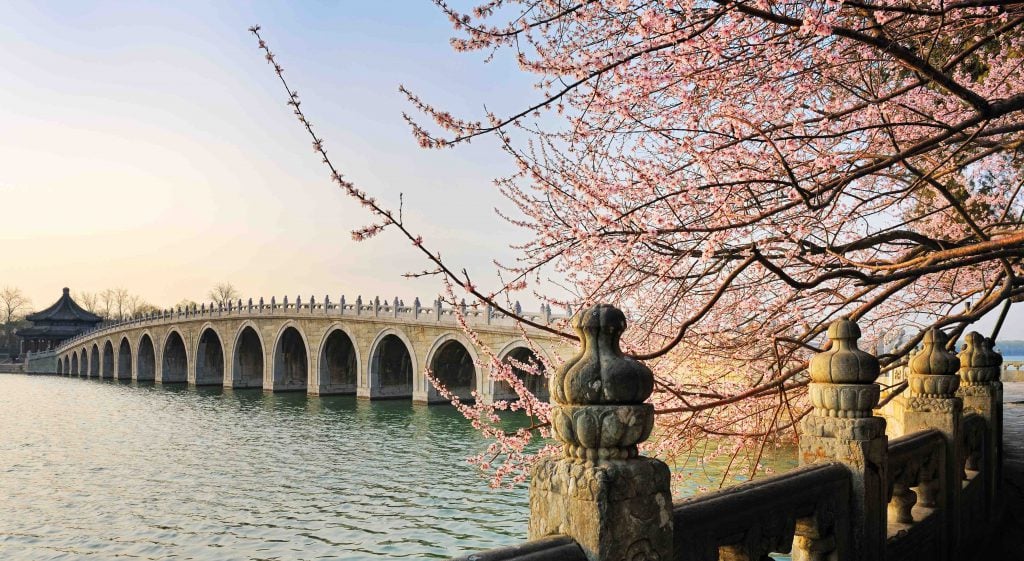

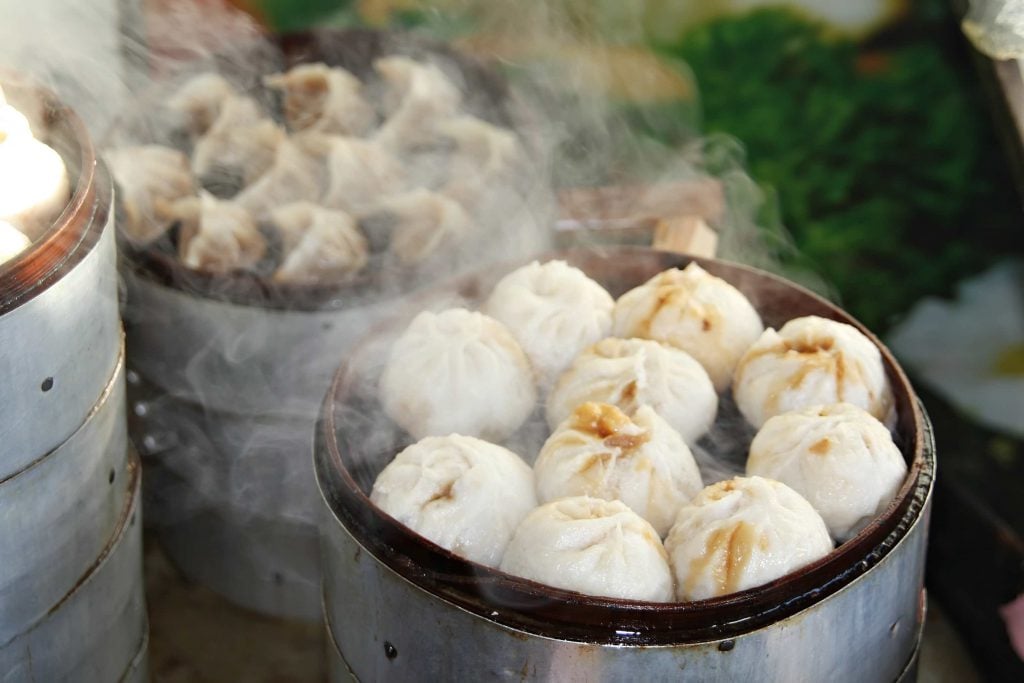

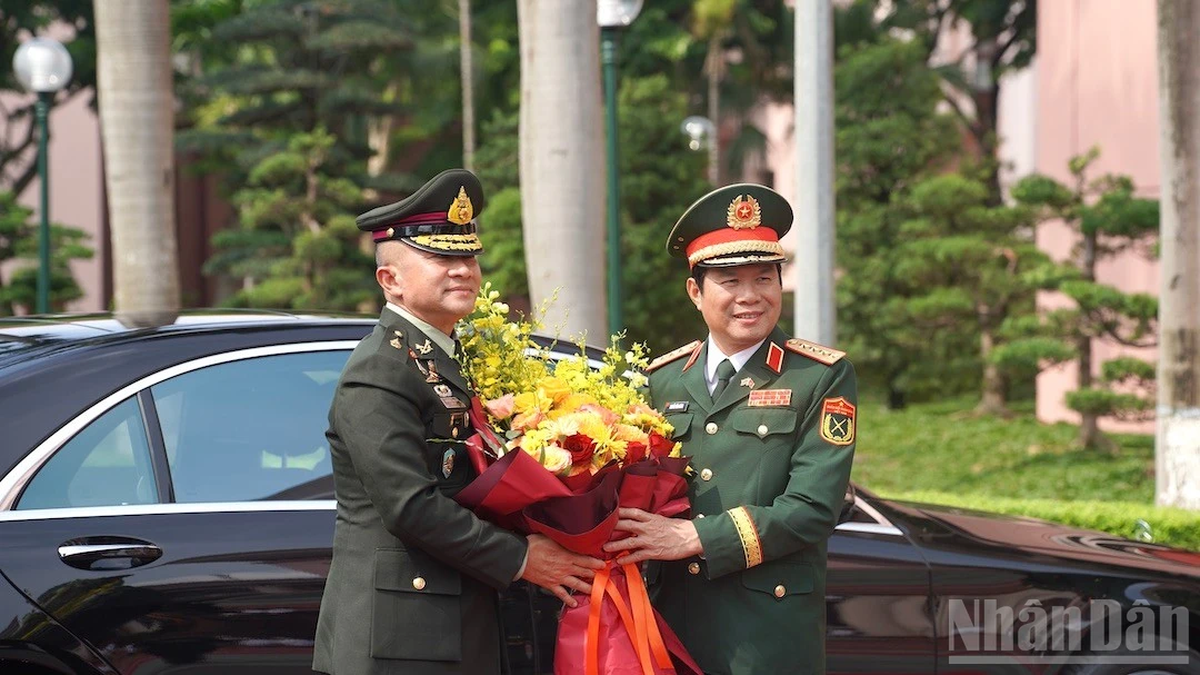
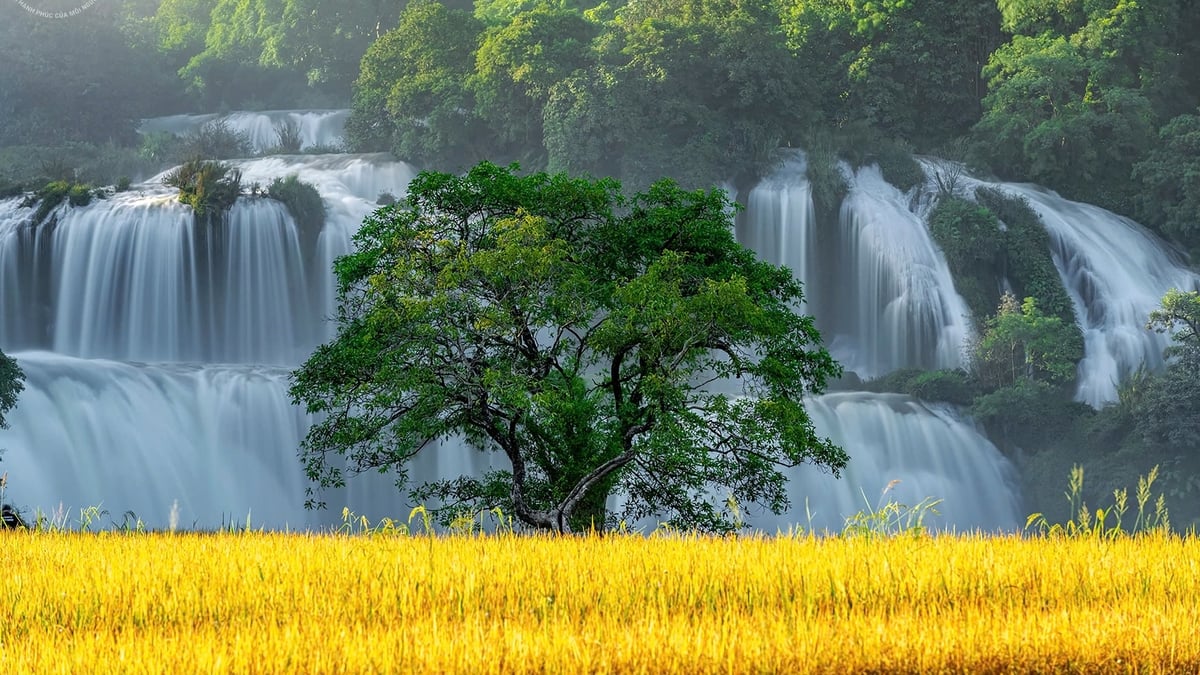

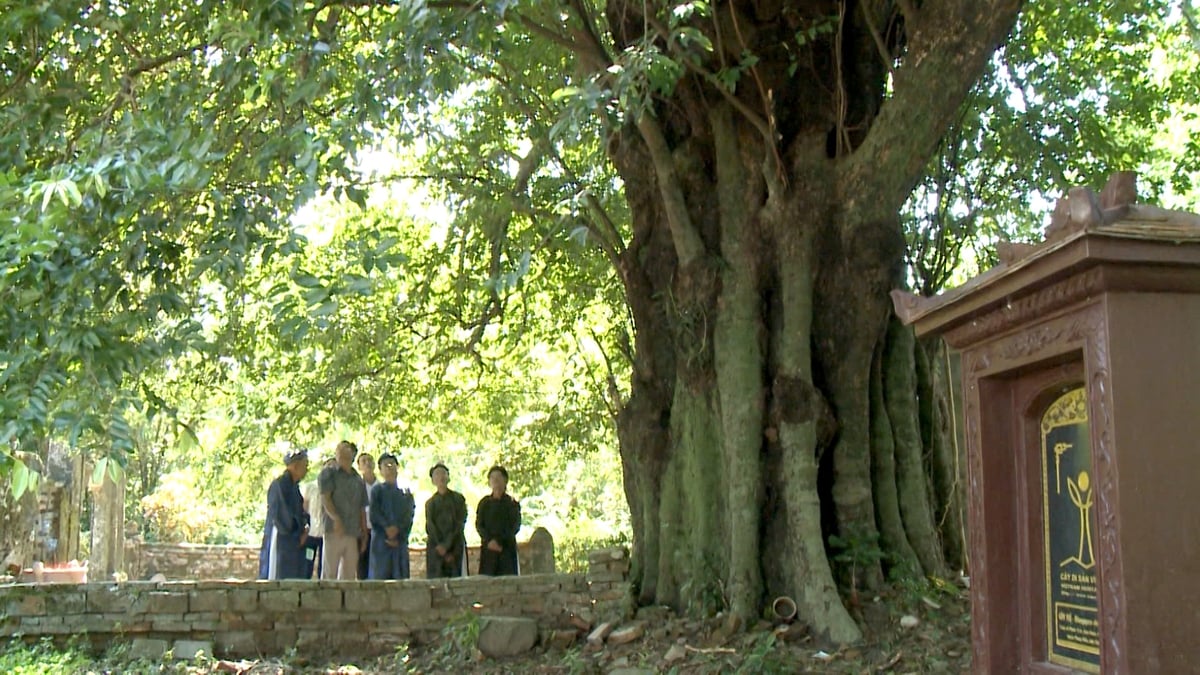
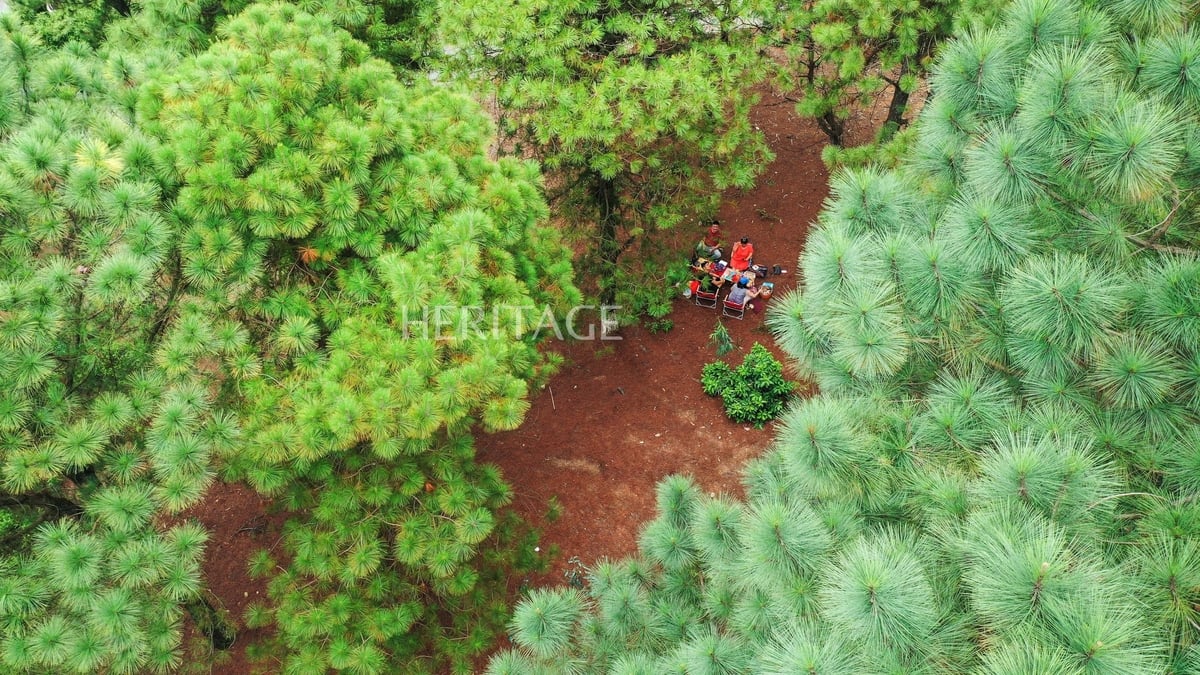



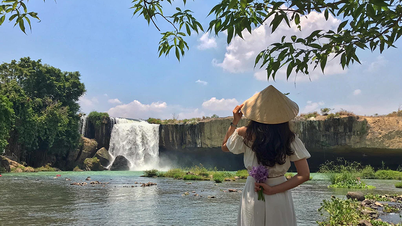
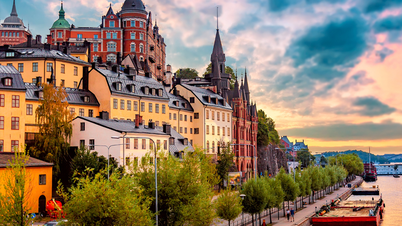
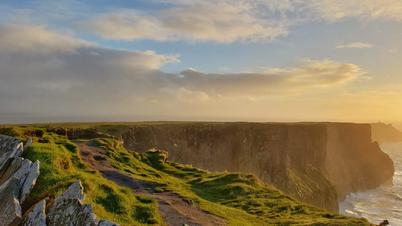


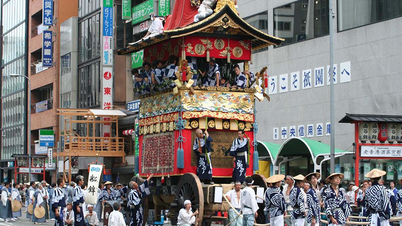
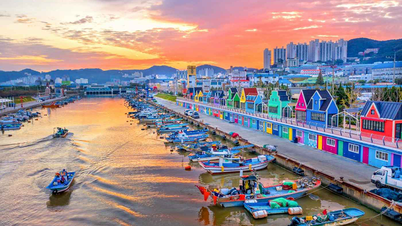
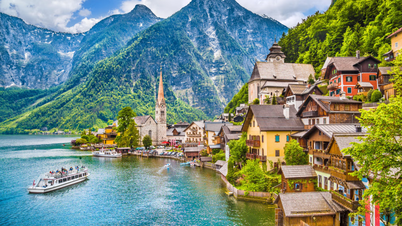
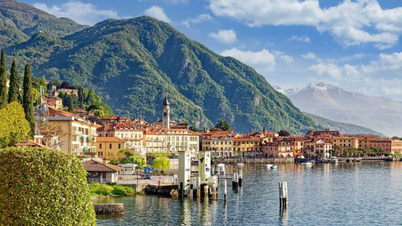
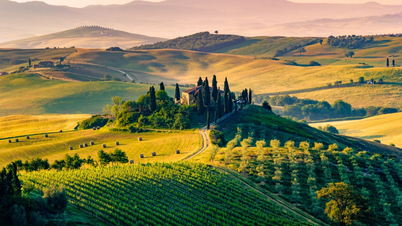
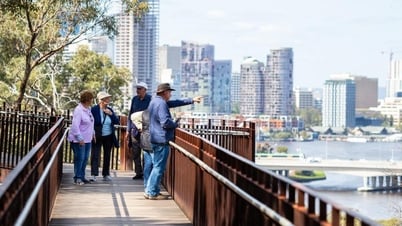


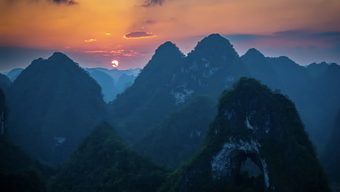
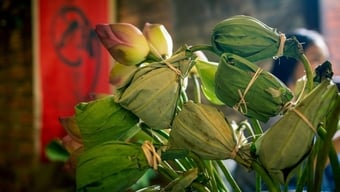
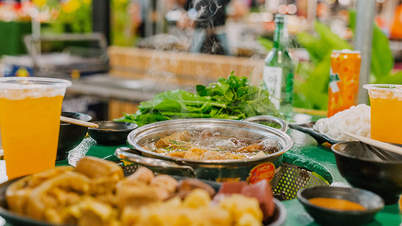

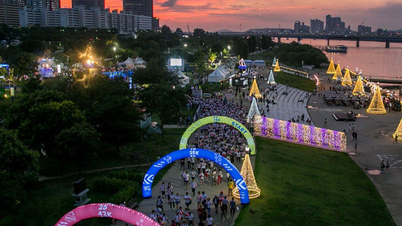


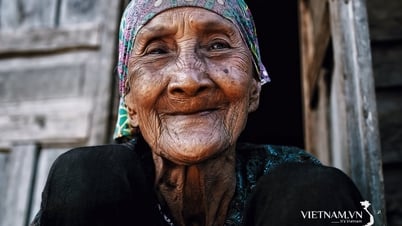
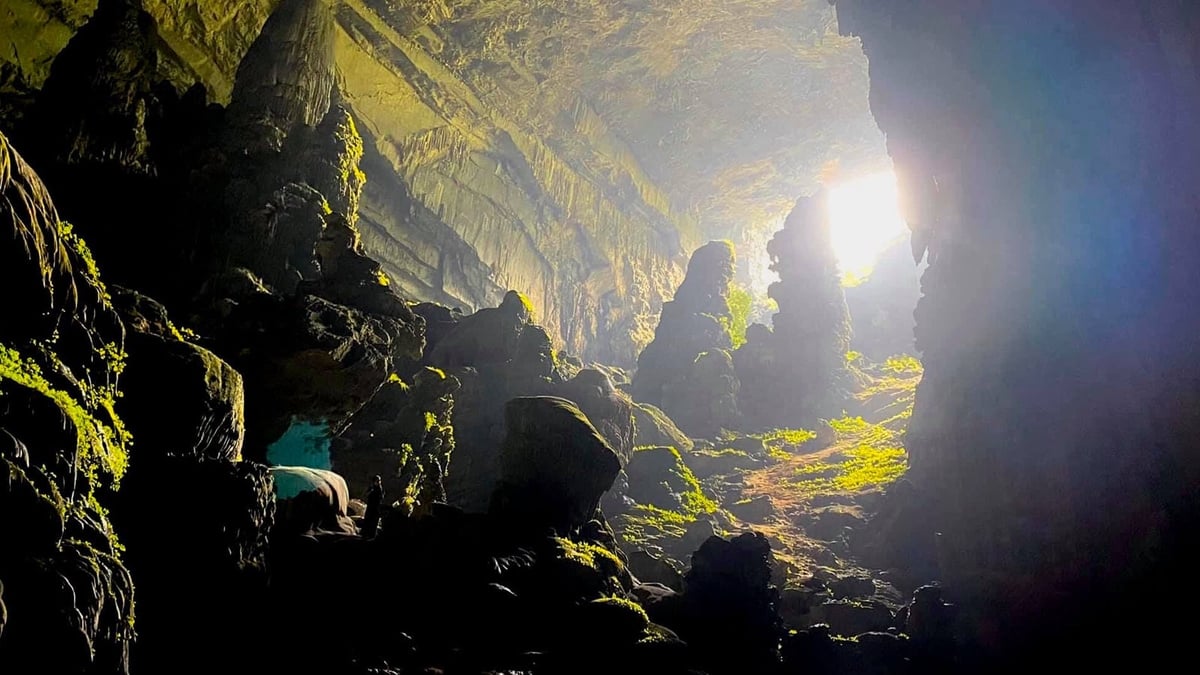
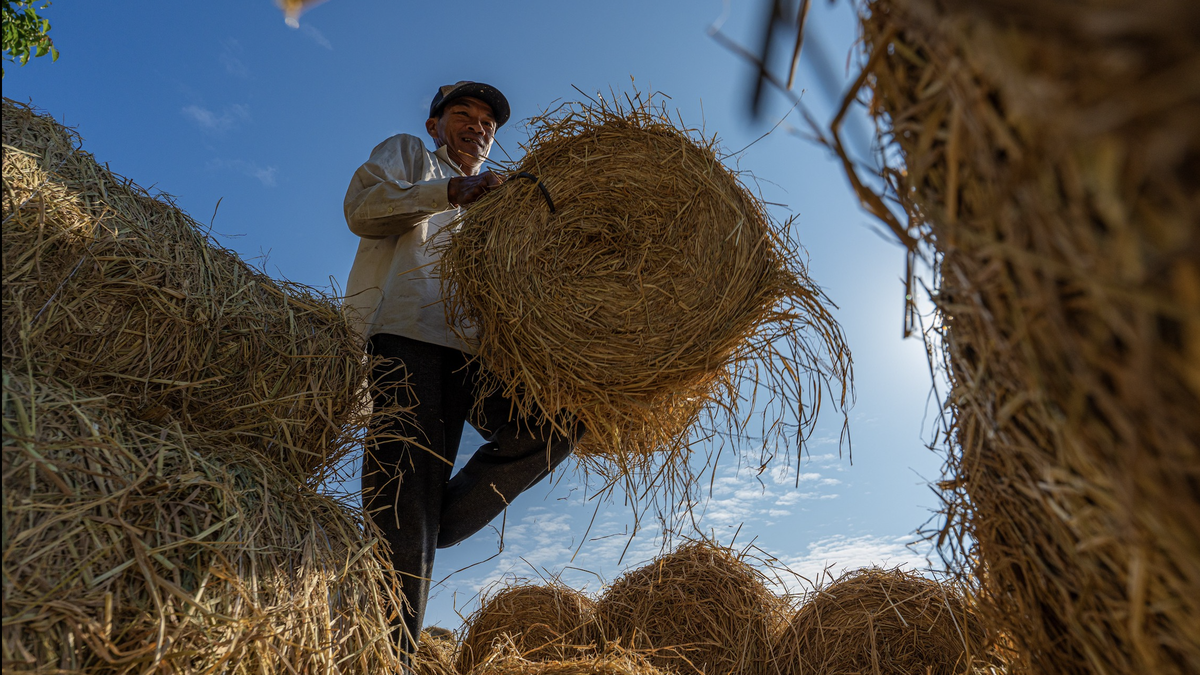
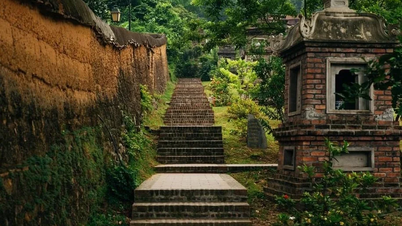

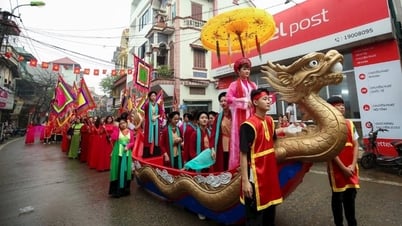

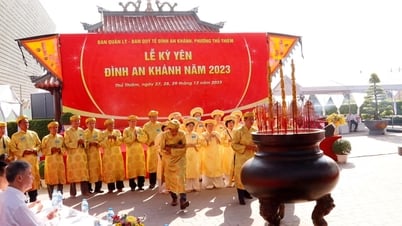

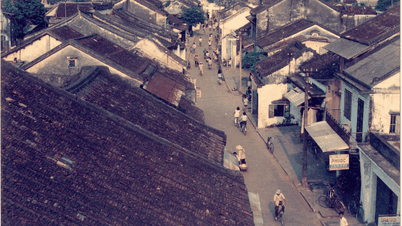
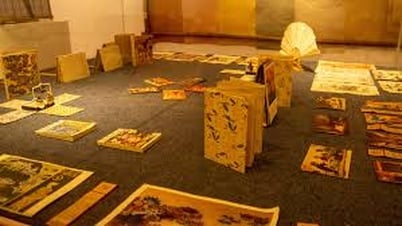

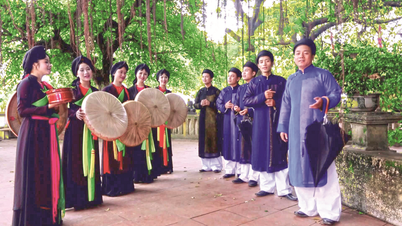

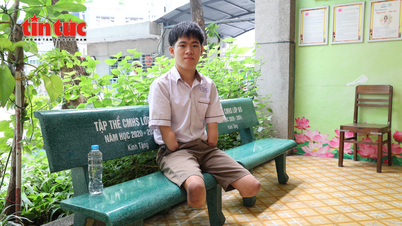

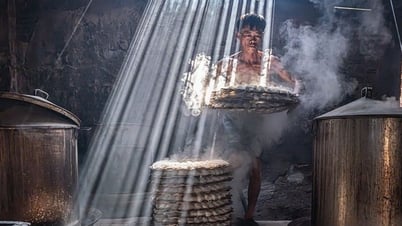



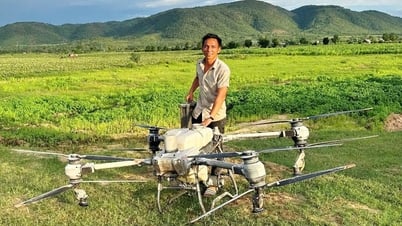

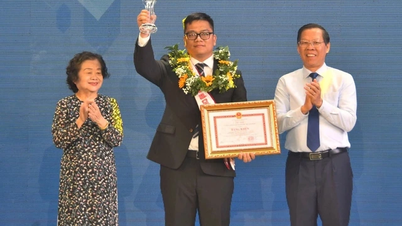
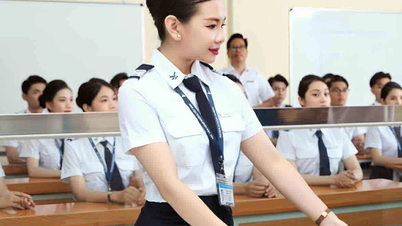




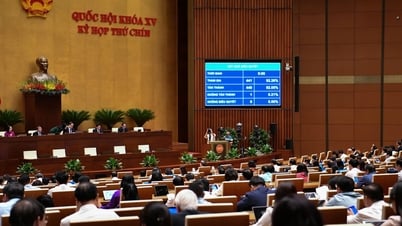

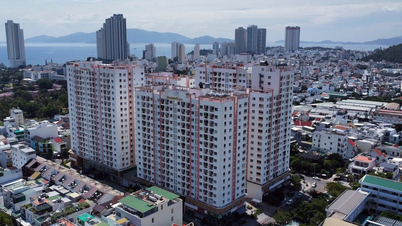

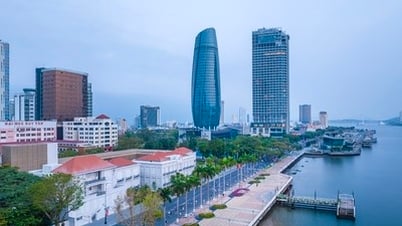

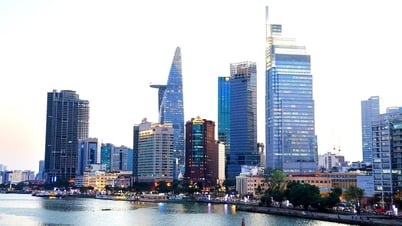







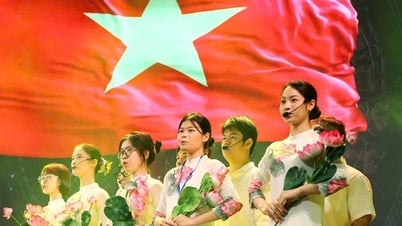
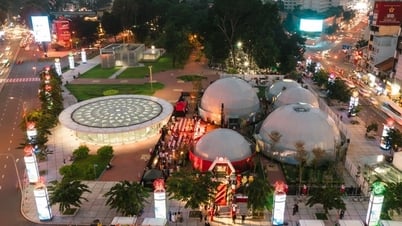
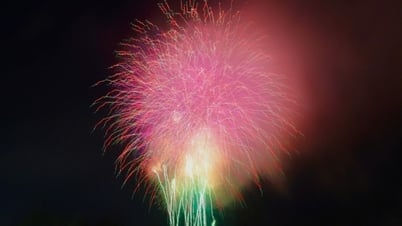

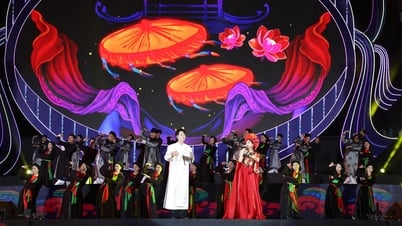

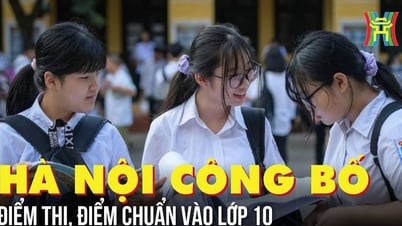

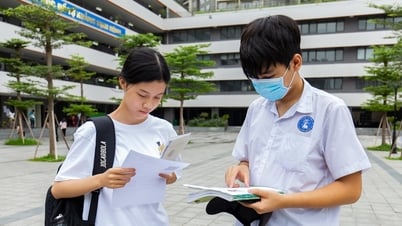


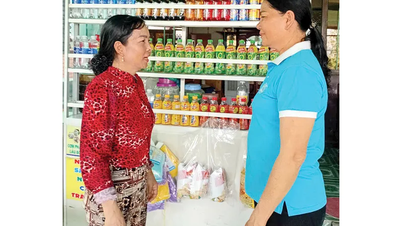

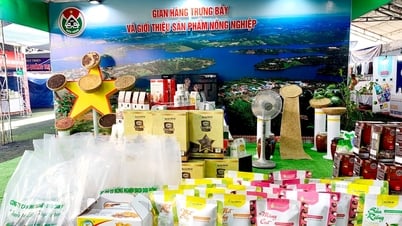
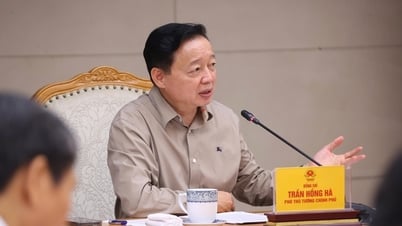
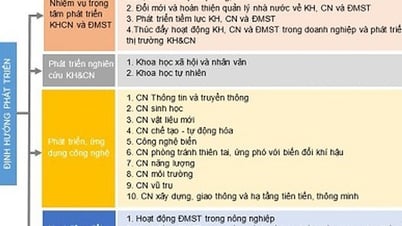

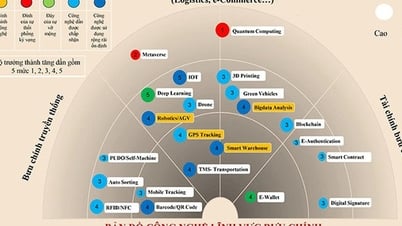
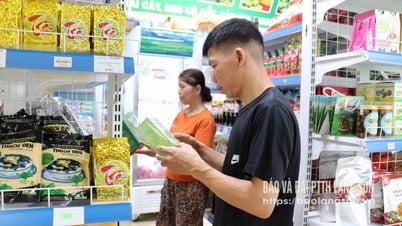




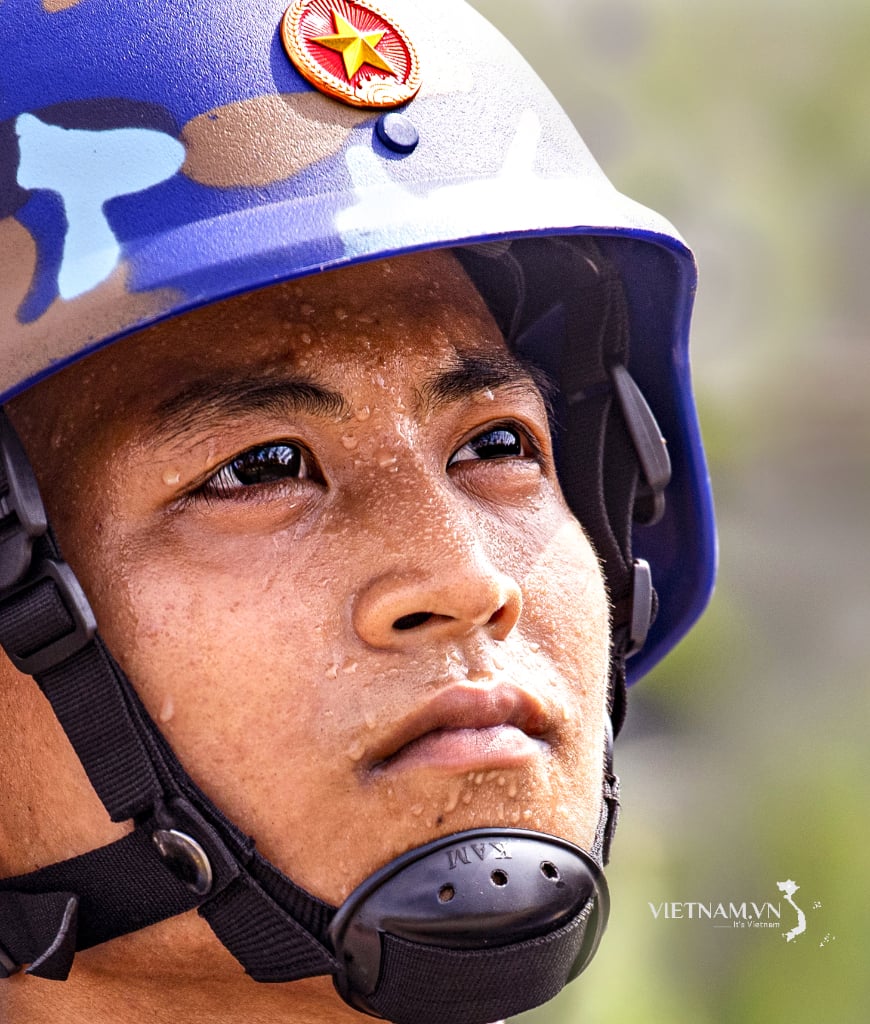
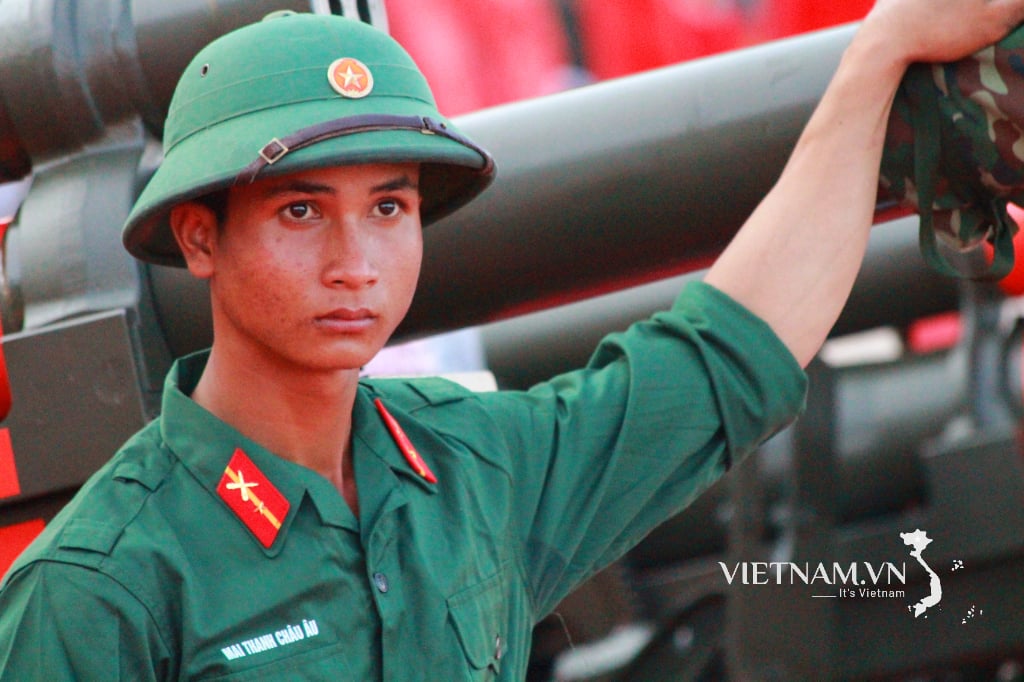
Comment (0)